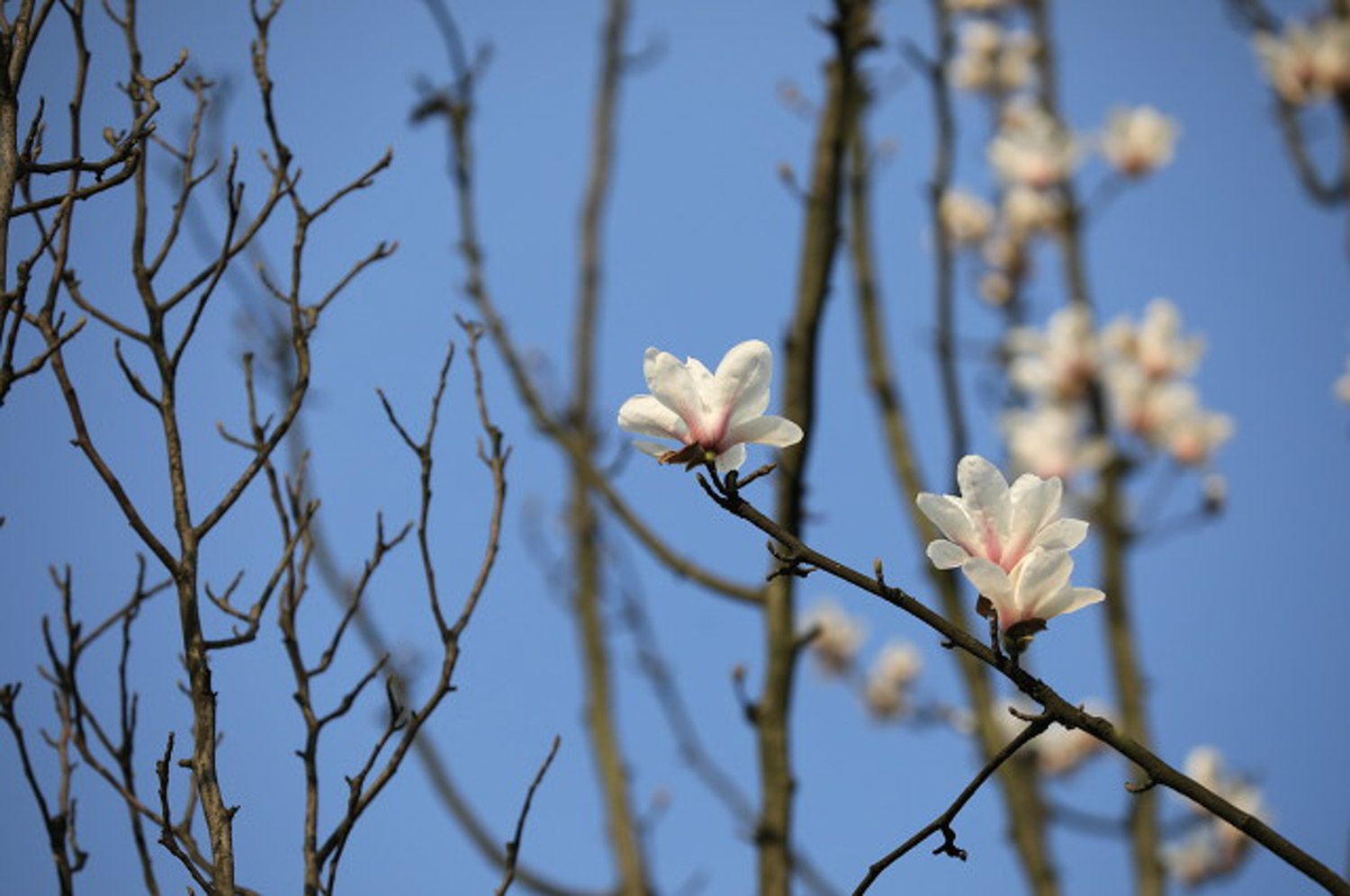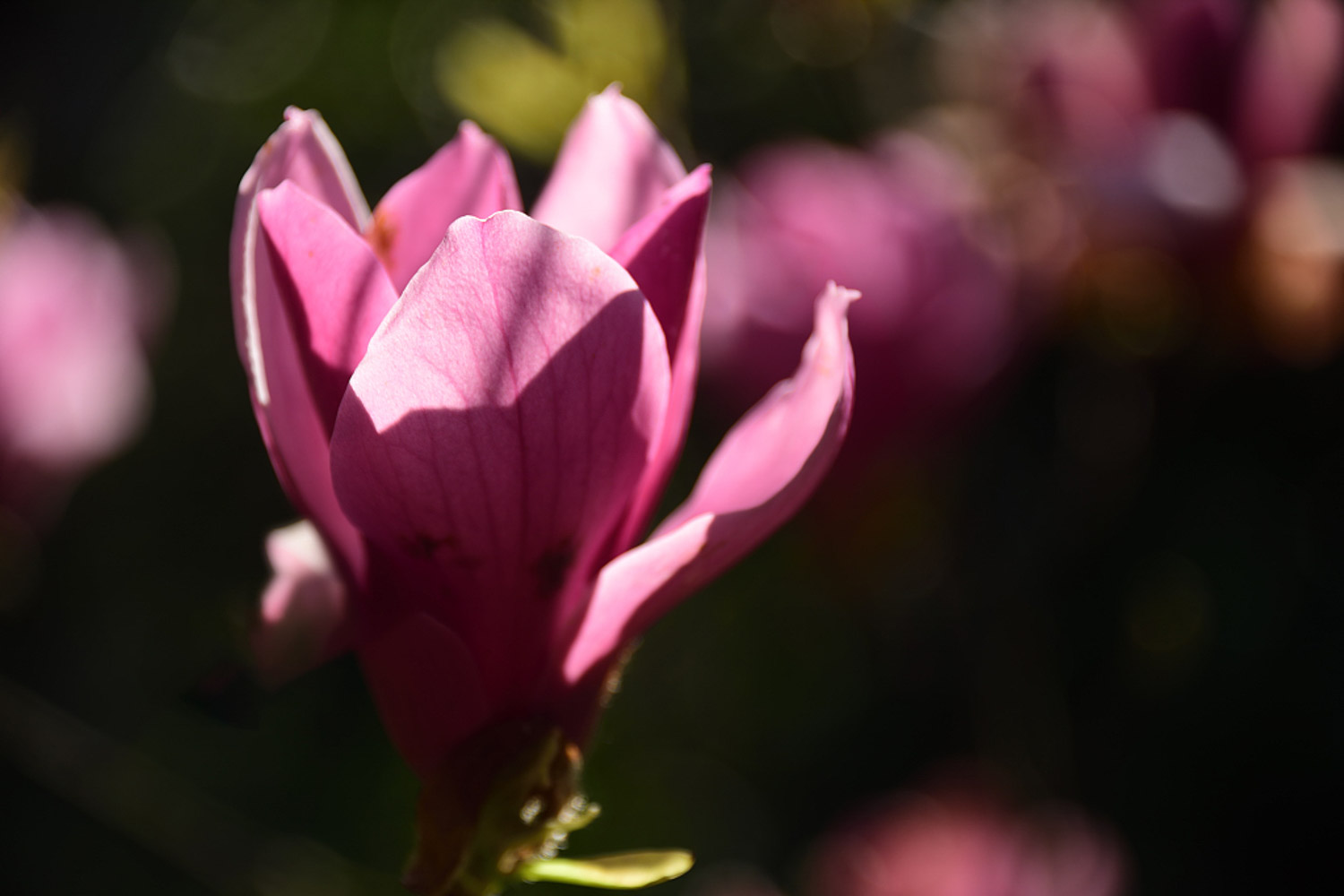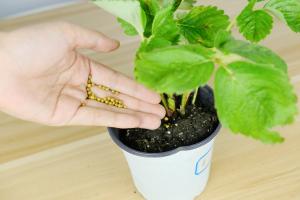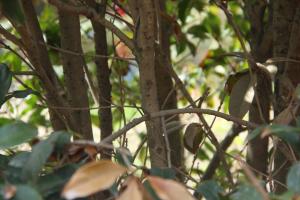Sowing date of Magnolia grandiflorum
It is divided into spring sowing and harvest sowing (autumn sowing). Autumn sowing is conducive to germination but not conducive to overwintering. Spring sowing requires proper storage of seeds
Sowing method of Magnolia grandiflorum
Seed harvesting and storage
The ripening time of Magnolia grandiflora fruit is usually from September to October every year. It needs to be harvested in time when the fruit is slightly cracked and the aril skin is just red and yellow. Put the fruit in the shade for a week to make it crack. After taking the seed, soak it in clean water for one or two days, and mix the white seeds wiped off the aril with kerosene or zinc phosphide to prevent rats

Sow
Magnolia grandiflora seeds are easy to lose germinating power. For autumn sowing, they should be sown immediately after seed collection, and for spring sowing, the seeds should be kept properly. Choose fertile and loose sandy soil, kill insects while weeding, and pay attention to applying sufficient base fertilizer. After the bed surface is leveled, the seed ditch shall be sown. The depth and width of the ditch shall be 5cm, and the ditch distance can be maintained at about 20cm. The seeds shall be evenly sown in the ditch and then covered with soil
Seeding management
When the seedlings grow 2 to 3 true leaves, they can be transplanted. The growth in the seedling stage is relatively slow. We should pay attention to loosening the soil and weeding in time. From May to July, top dressing can be applied three times with fully decomposed dilute fecal water
Maintenance of Magnolia after sowing
After Magnolia grandiflora seedlings grow up, they can be transplanted in cloudy or cloudy conditions. During transplantation, pay attention to the size of the soil ball in the root zone of the seedlings, and water them appropriately after transplantation. After planting Magnolia grandiflora, post-treatment should be carried out, and pruning and pest control should be carried out regularly< span>


 how many times do yo...
how many times do yo... how many planted tre...
how many planted tre... how many pine trees ...
how many pine trees ... how many pecan trees...
how many pecan trees... how many plants comp...
how many plants comp... how many plants can ...
how many plants can ... how many plants and ...
how many plants and ... how many pepper plan...
how many pepper plan...































